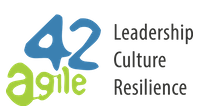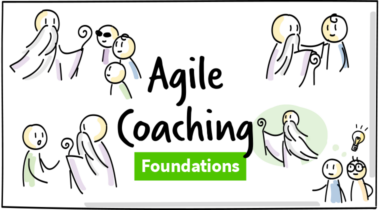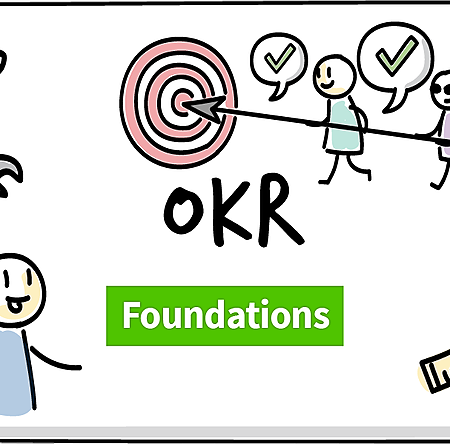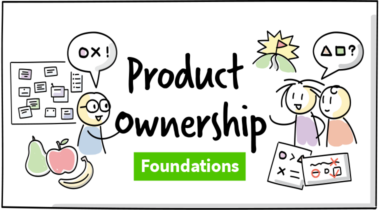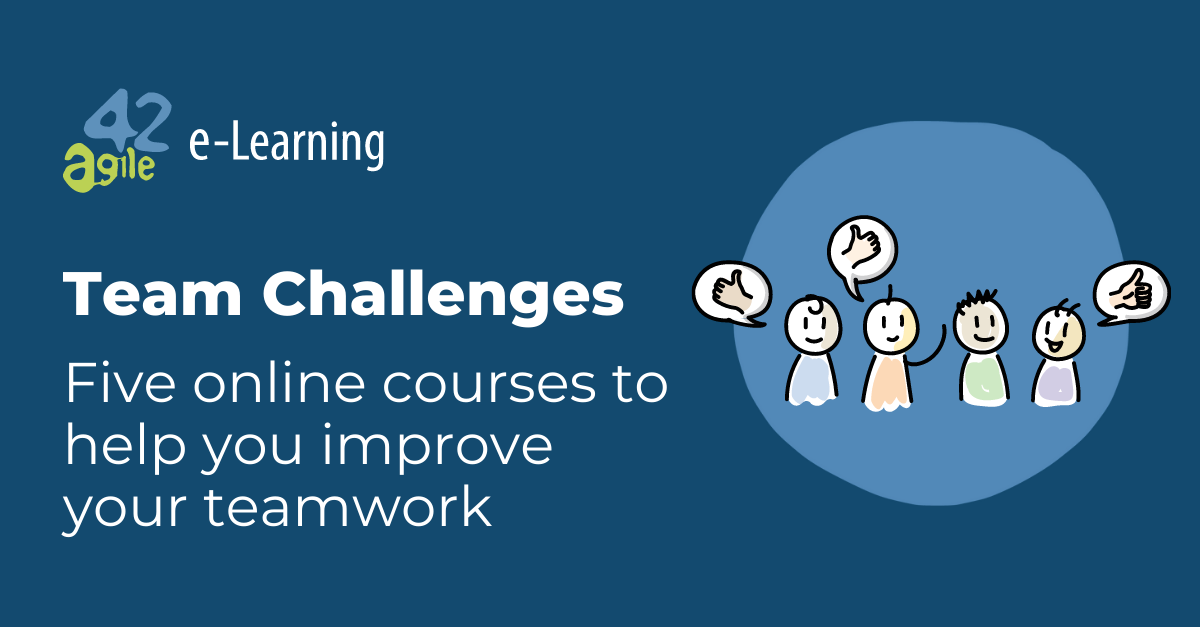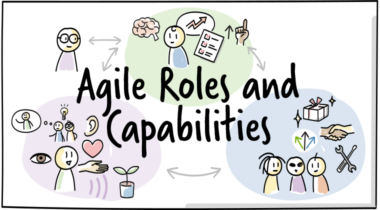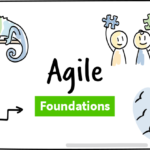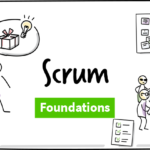- Duration: 6-7 hours
- Access: You will have access to the course content for 30 days from the date of purchase
- Group discount: If you would like to purchase this course for a team, please contact us
Agile coaching is a collaborative partnership to support individuals, teams and organizations. It is the art of helping people see reality using agile values and principles as lenses, and change their paradigms, habits and behaviors. It comprises a set of diverse skills and has two different sides — agility and coaching: to be an agile coach you need to master both sides. By completing this course, you will learn a simple yet comprehensive framework to increase your effectiveness and help your team and organization improve.
The course is composed of a mix of instructional reading texts, resources, practice recommendations and interactive quizzes, which aim at stimulating different parts of our brain and thus help you to learn more and retain the lessons for longer.
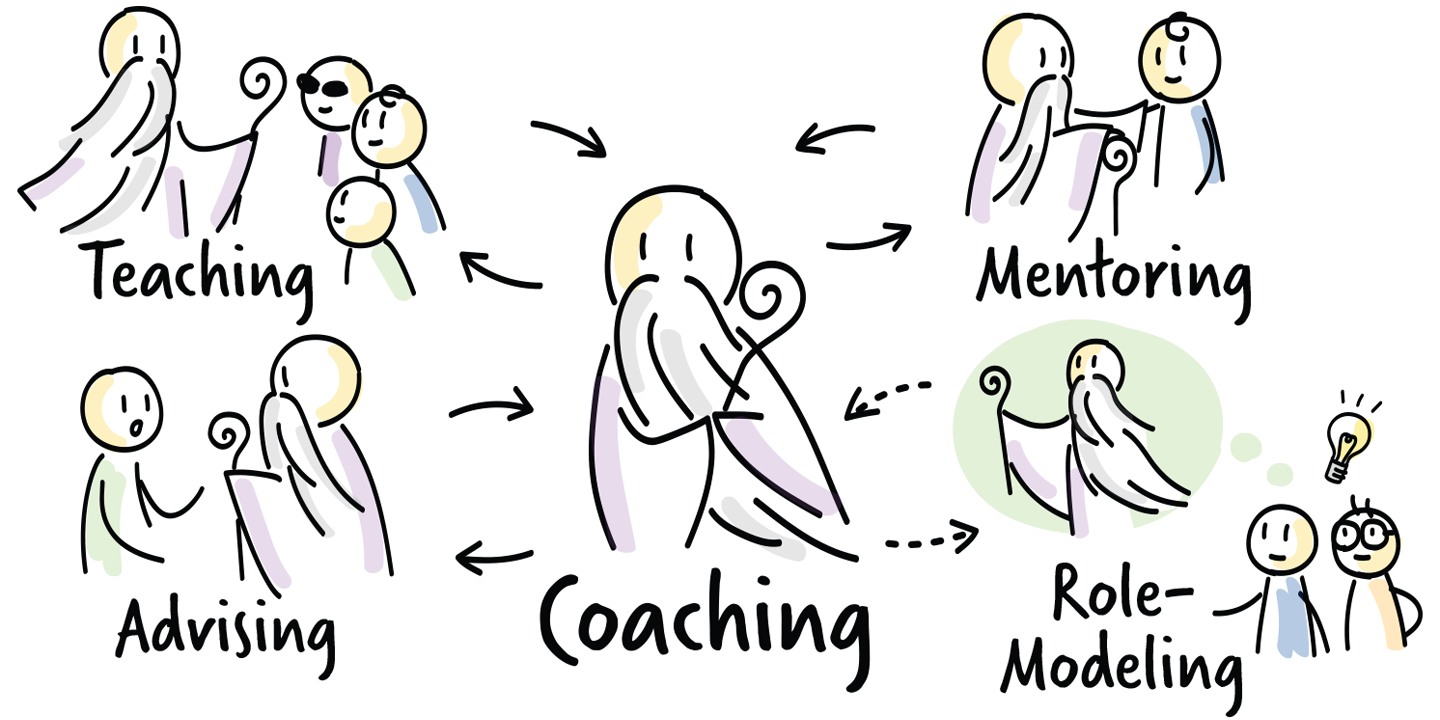
Who is this Agile coaching certification aimed at?
The course is mainly designed for Scrum Masters, team leaders, team coaches who are not new to Agile and Scrum, but want to become more effective in supporting their teams and organization through the power of agile coaching.
The course is also intended for anyone who is approaching agility and Scrum and curious about agile coaching or is struggling to show effective leadership in an agile context: engineers, business analysts, project managers, leaders.
Agile coaching is now used across industries, so marketing specialists, data scientists, HR representatives, and other professionals looking for a better way to nurture high performing individuals, teams and organizations are encouraged to take the course.
Agile Coaching Online Course Outline
- What is Agile coaching?
- Other kinds of coaching
- Agile coaching stances
- Curiosity and keywords
- Listening and responding
- Powerful questions
- Making observations
- Observational pitfalls
- Coaching structure
- Coaching conversations
Upon completing this agile coaching certification online, you will be able to:
- Define the essence and the purpose of agile coaching
- List at list two other kinds of coaching and describe at least one difference from each of them
- Describe the five stances of agile coaching
- Recognize at least two ways to transition between different stances
- Explain the importance of curiosity and what keywords are
- Define the three levels of listening
- Identify at least two characteristics of powerful questions
- Idenitfy at least four different types of coaching questions
- Express the focus of effective observations and identify possible pitfalls
- Discuss the five elements of an effective coaching structure and how to create a coaching card
- Define the two levels of a coaching conversation
We offer these courses as a next step :
Pricing packages
If you are on a budget or have limited time, you can split the course over two volumes. The course content is the same, but this allows you to take it at your own pace and spread it out.
